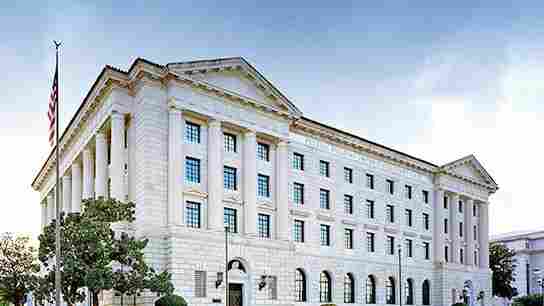3 Courthouses Where Civil Rights Trials Were Heard Are Named Historic Landmarks
Three Southern courthouses were recently named as National Historic Landmarks by the federal government, a move that underscores their key role in the modern civil rights movement. Throughout the 1950s and ’60s, these Fifth Circuit Court of Appeals buildings—located in New Orleans, Atlanta, and Montgomery, Alabama—laid the groundwork for some of the era’s most significant Supreme Court rulings, including Brown v.* Board of Education.*

Designed by New York firm Hale and Rogers and opened in 1916, the John Minor Wisdom U.S. Court of Appeals Building in New Orleans was the site of pivotal cases involving equal voting rights and school desegregation. Atlanta’s Elbert Parr Tuttle U.S. Court of Appeals Building, completed in 1921 by James Knox Taylor, also saw cases that contributed to the desegregation effort with the 1966 decision in U.S. v. Jefferson.
The third courthouse, a 1933 Renaissance Revival building in Montgomery, is named after District Judge Frank M. Johnson, who issued a significant ruling in the city’s bus boycott case. While all three buildings are already listed on the National Register of Historic Places, this most recent designation adds an extra layer of protection that enhances further preservation efforts.